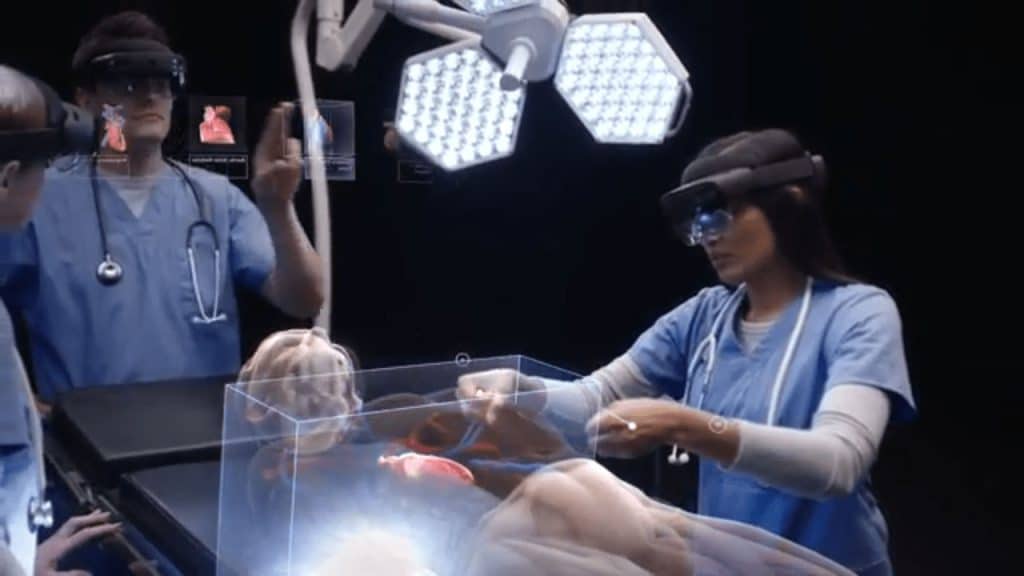Once terms like augmented and virtual reality sounded impossibly futuristic and were found only in science fiction. Now they’re becoming closer and closer to everyday life, and that means they are also finding a place in healthcare (https://longevity.technology/lifestyle/virtual-reality-can-improve-care-and-change-lives-with-immersive-technologies/).
Let’s clear up our definitions first. Augmented reality is when digital and virtual objects are overlaid on the real world to enhance a user’s experience. Virtual reality is when the experience is completely artificial and unconnected to the real world. Mixed reality, as you might expect, involves the real world and the virtual combined so you can interact with both.
Researchers are experimenting with lots of different ways this technology can be applied in medical settings, and it looks like there could be multiple benefits. From education and early diagnosis to remote treatment for both pain and stress relief, the potential is impressive.
Immersive technology can allow medical students to observe procedures remotely, and it also provides an opportunity to role play common medical situations. This allows them a safe environment to work on not just their practical skills but also aspects of patient care such as communication, as well as equality, diversity and inclusion.
There is evidence that immersive realities may aid with the early diagnosis of some conditions, which is always one of the most effective forms of treatment. For example, aspects of interacting with the virtual world and its visual elements may reveal early signs of dementia.
Instead of traveling across the country when you need to see a specialist, specialists can observe you through immersive technology. Surgeons can even participate in surgery remotely, saving time and expense for everyone. As for the patient, if they’re in a virtual reality, they can be distracted from their current situation, which can reduce stress and anxiety, sometimes even working as a form of pain relief.
Evidence of immersive reality aiding both pain and stress relief comes from its use helping women experiencing pregnancy loss, who can use a headset to visit a calming scene or be guided through meditation to alleviate their anxiety, even when undergoing manual vacuum aspiration. It’s also been used with children, providing art activities, games, cute animals and other forms of distraction in pediatric units.
As the technology becomes more advanced and also more accepted, it’s likely that even more healthcare settings will experiment with the vast potential of immersive reality.




